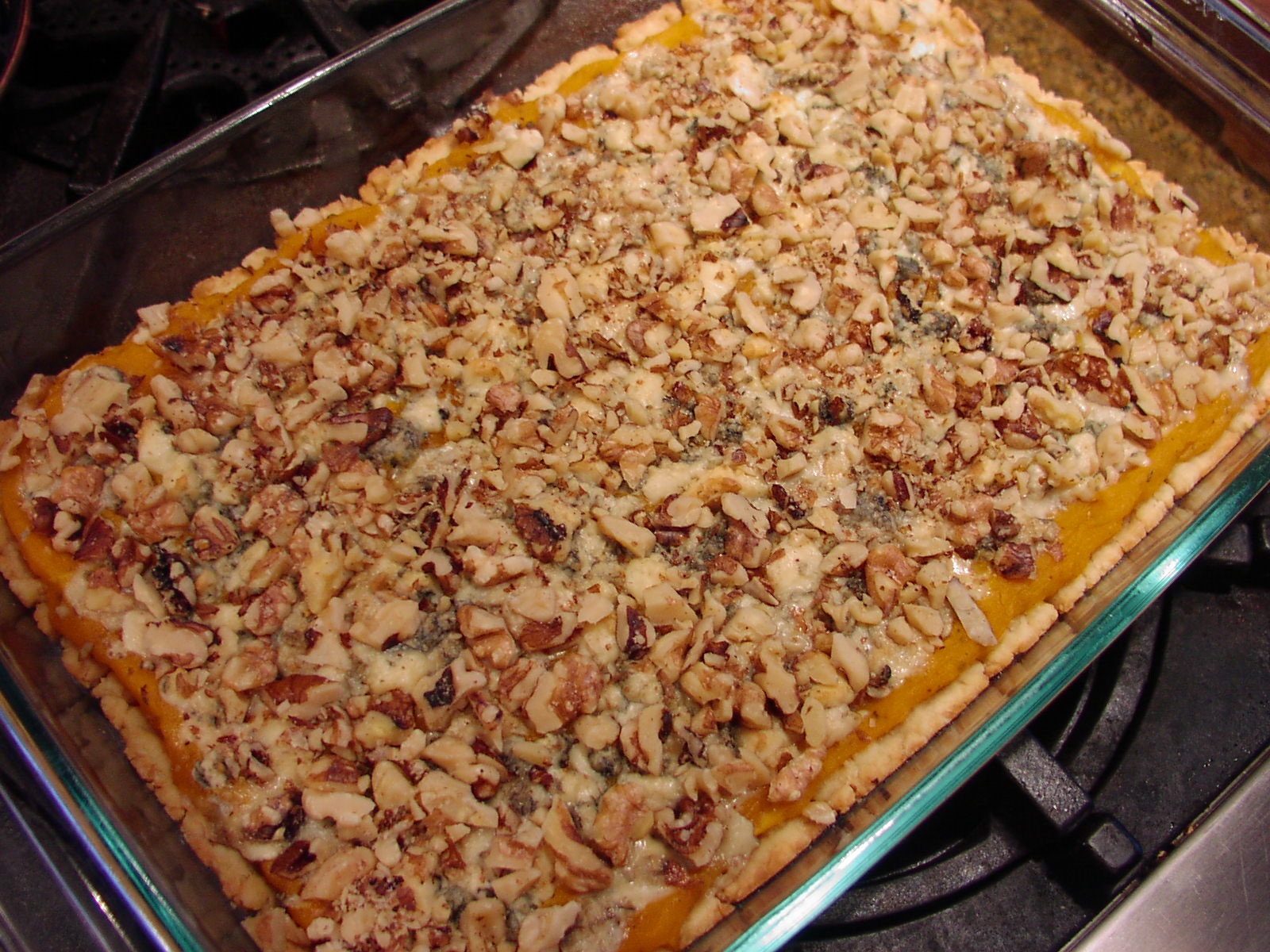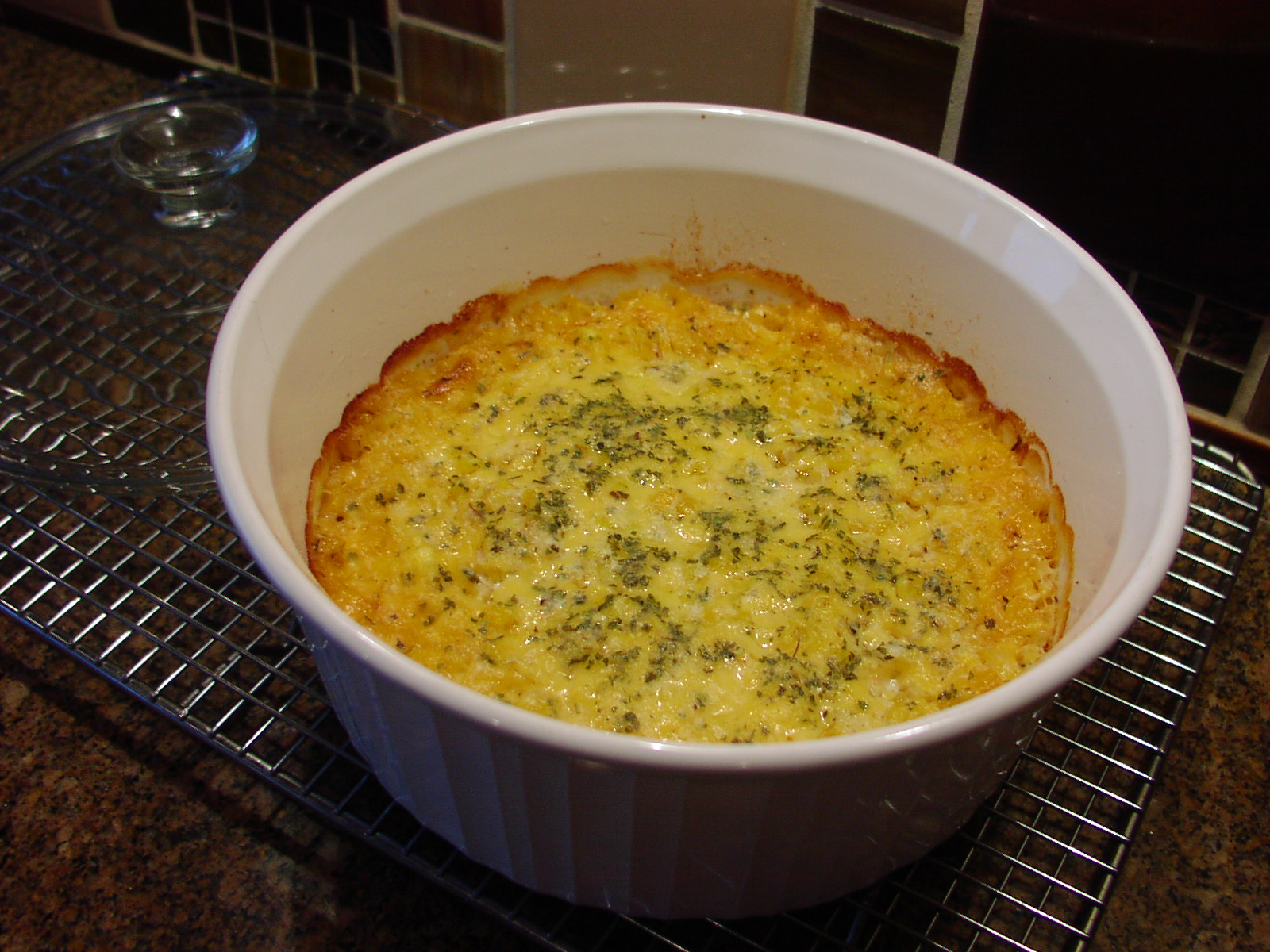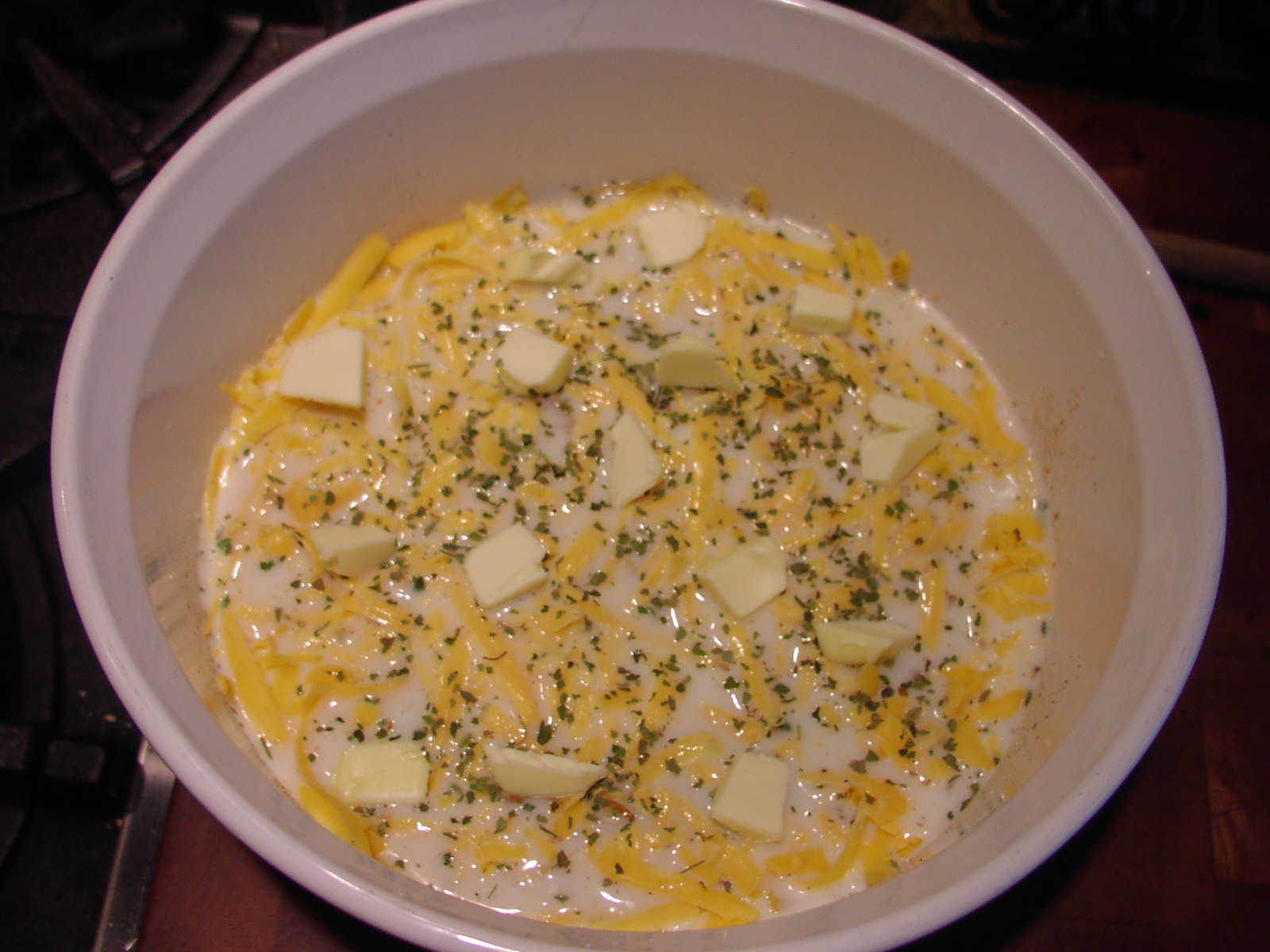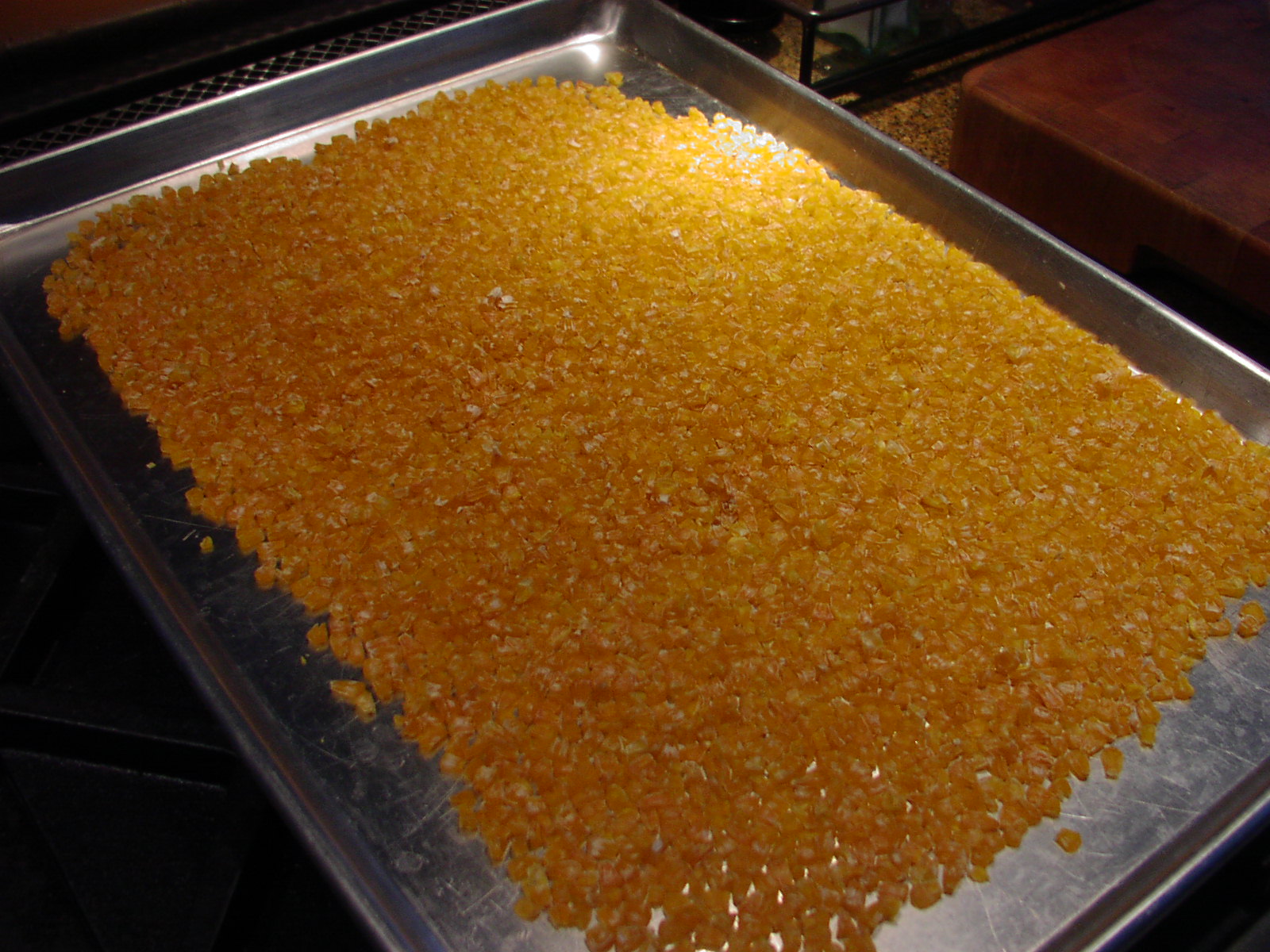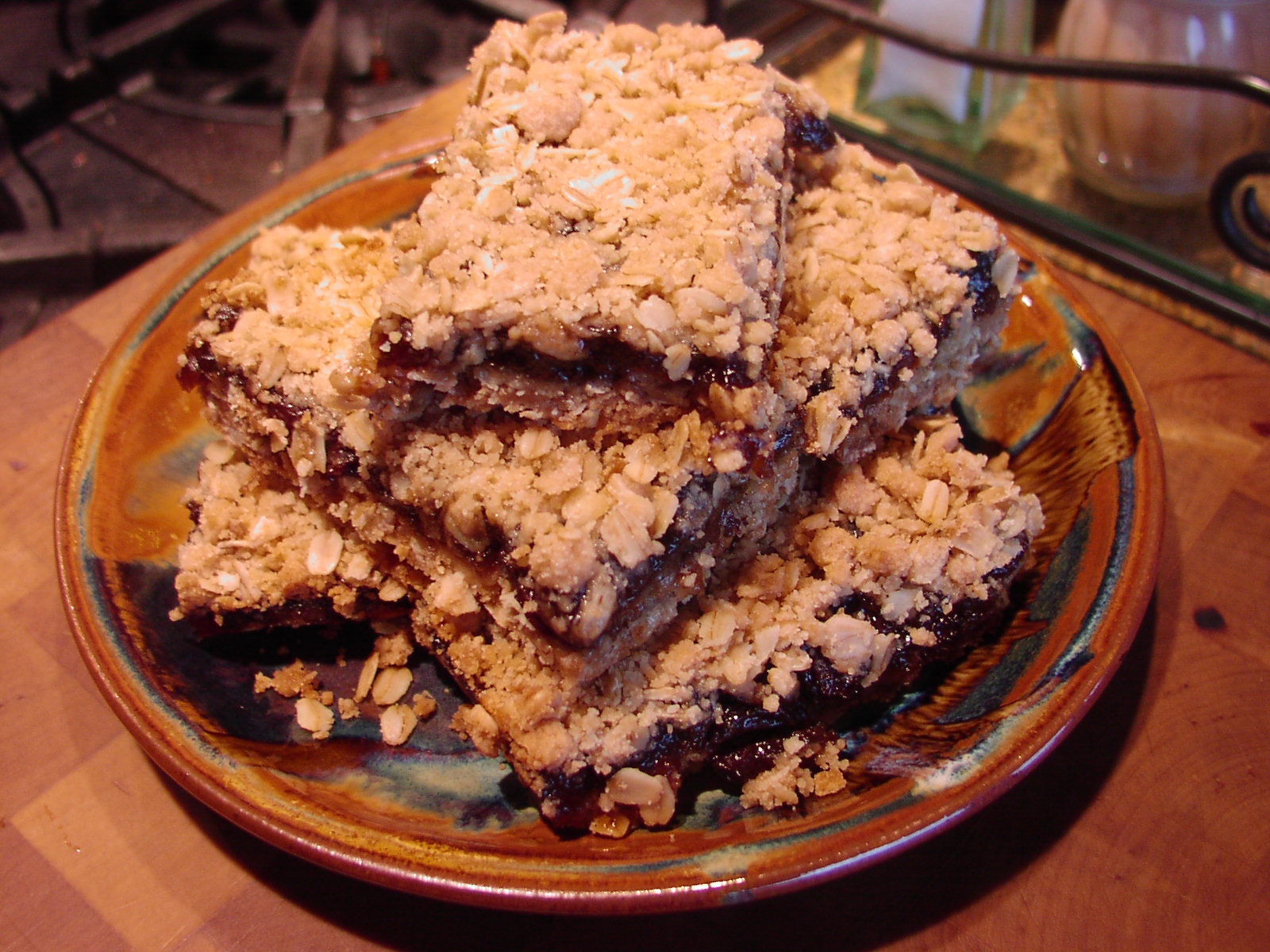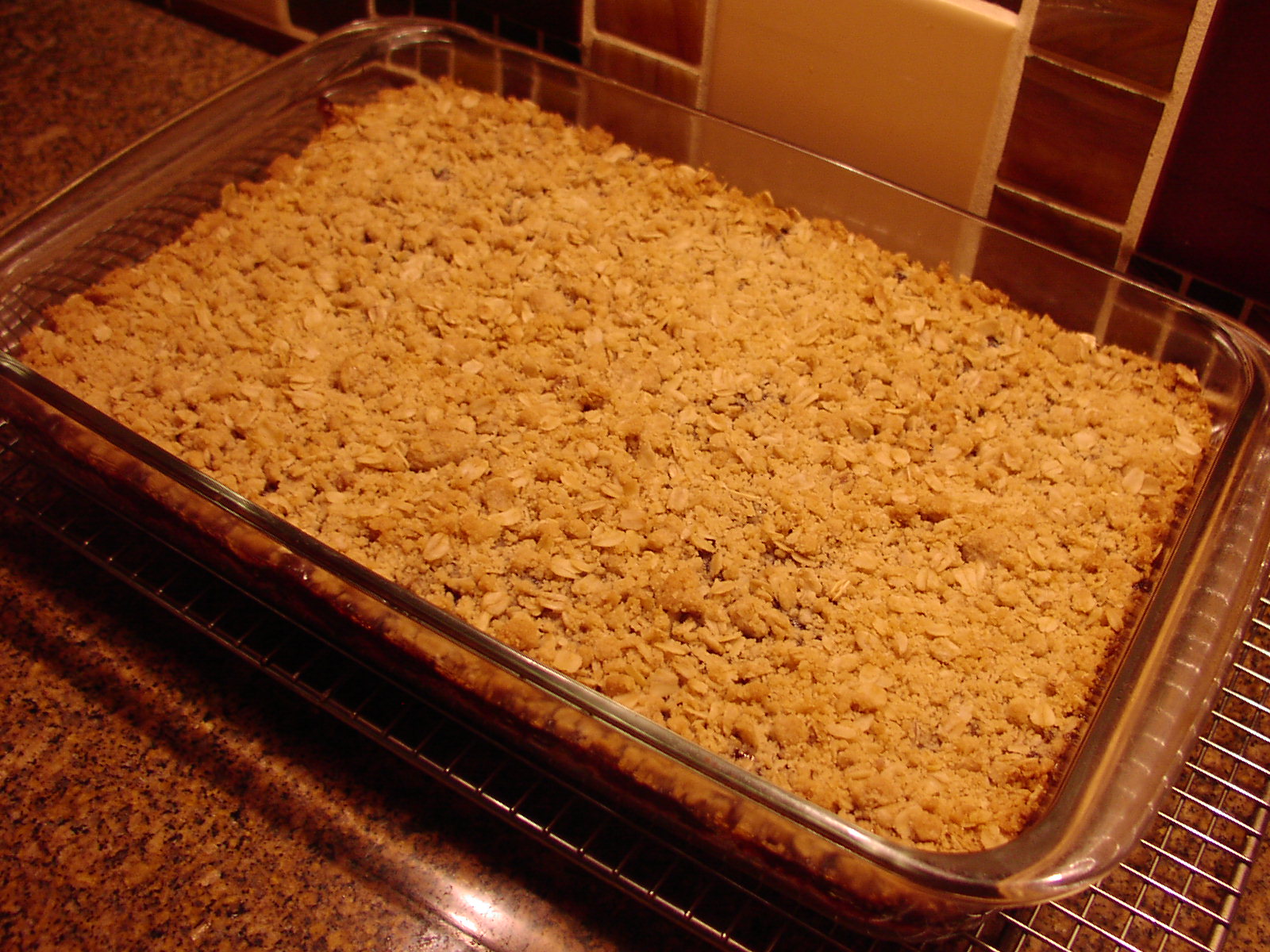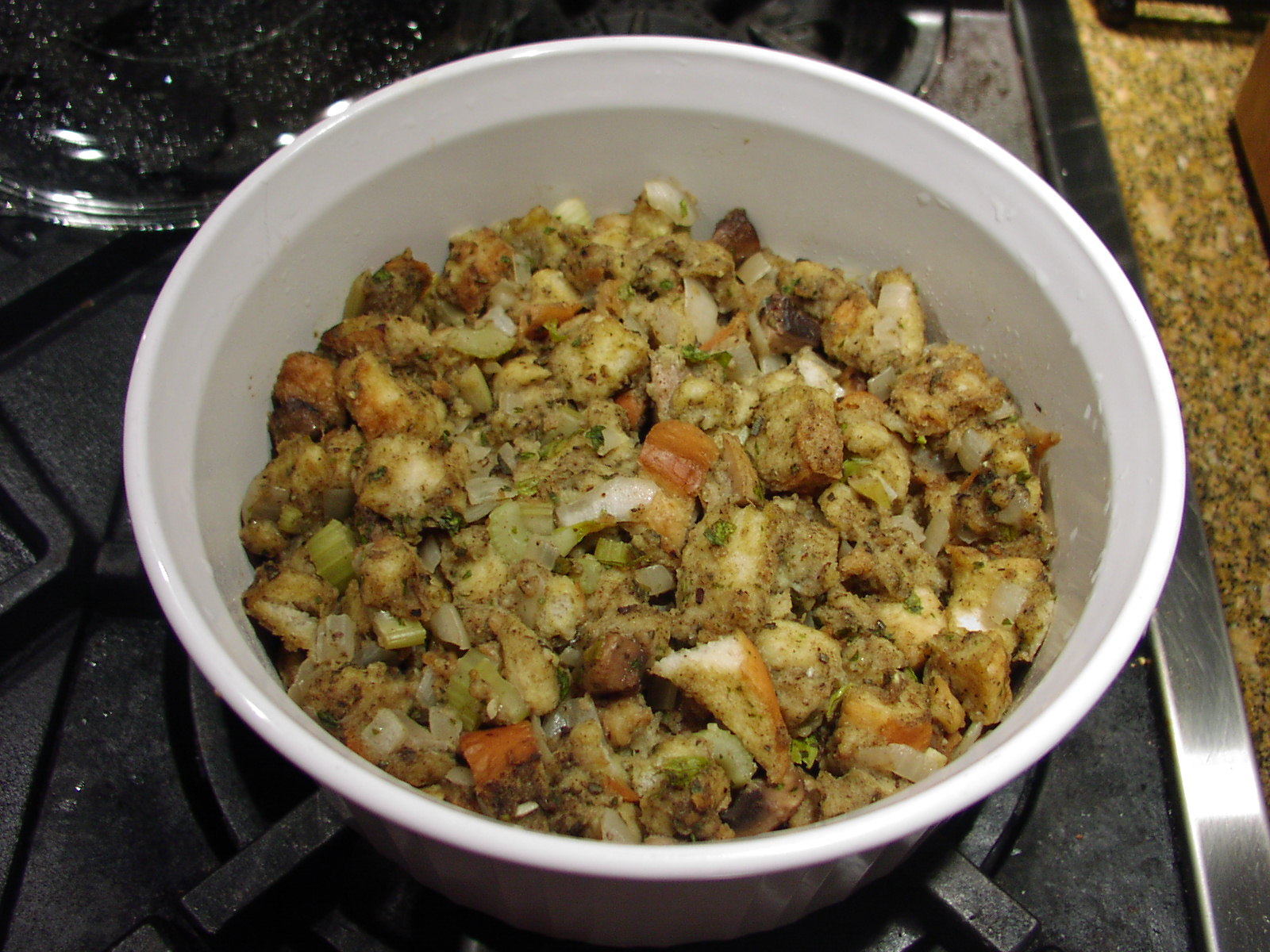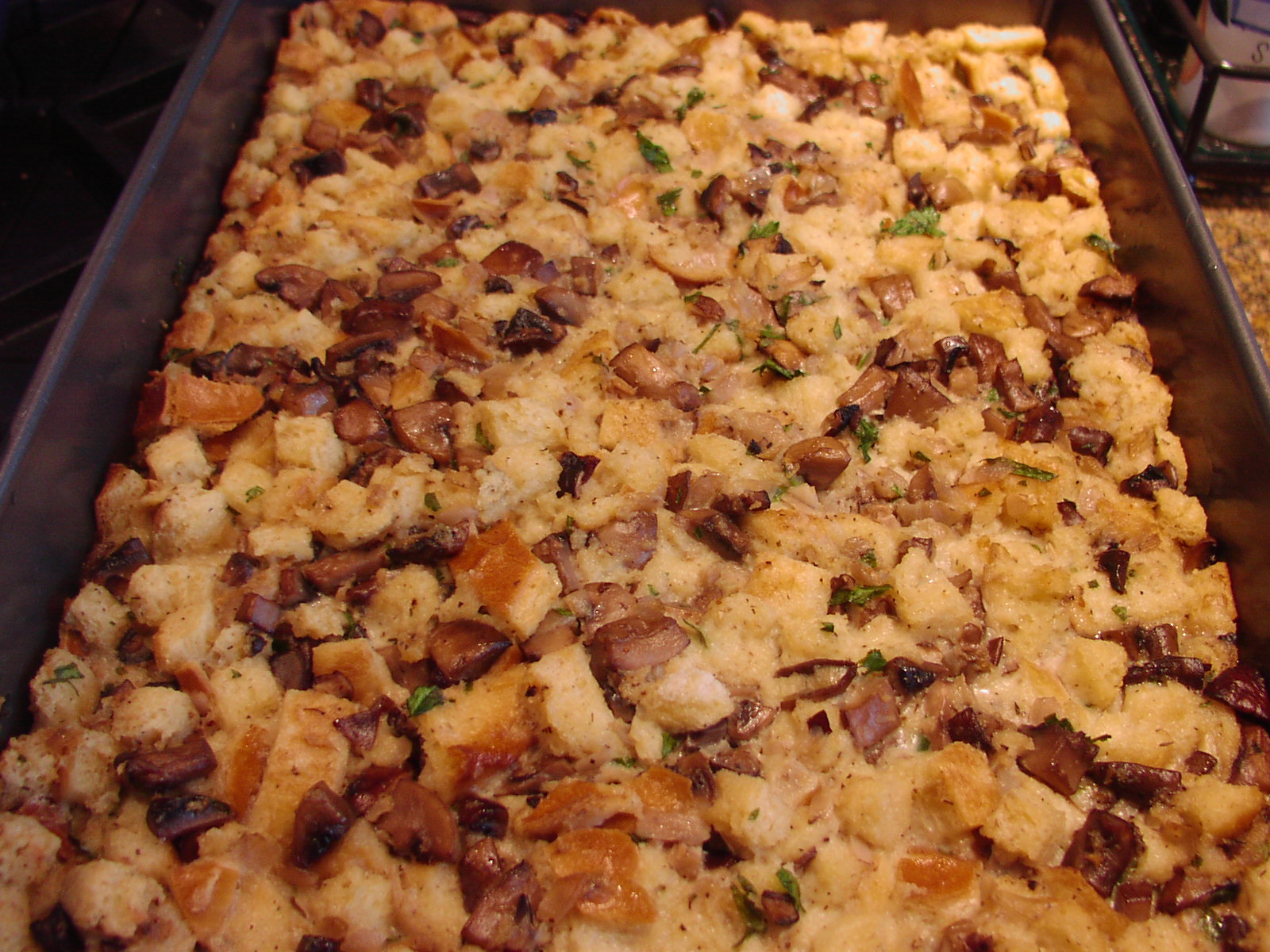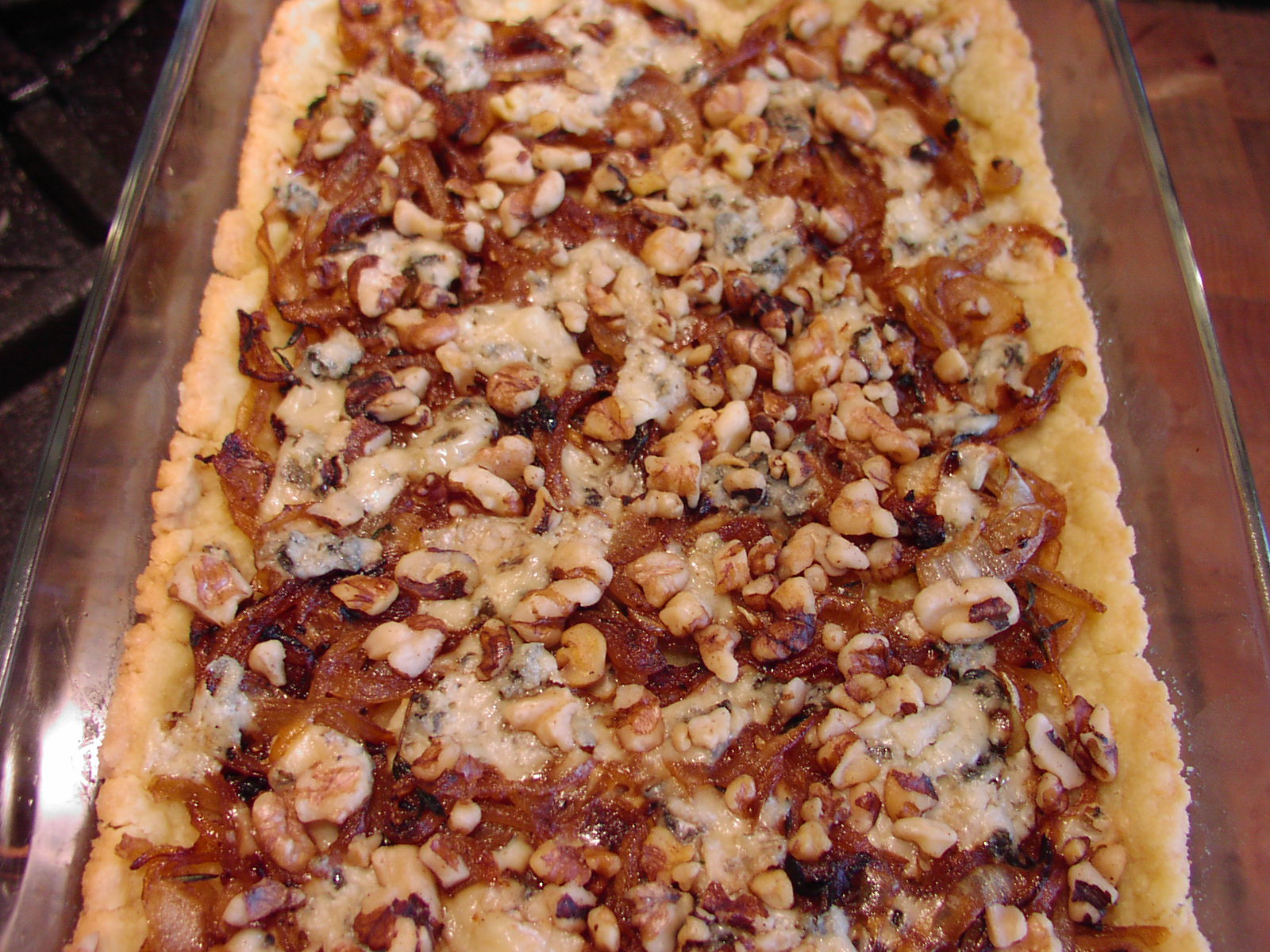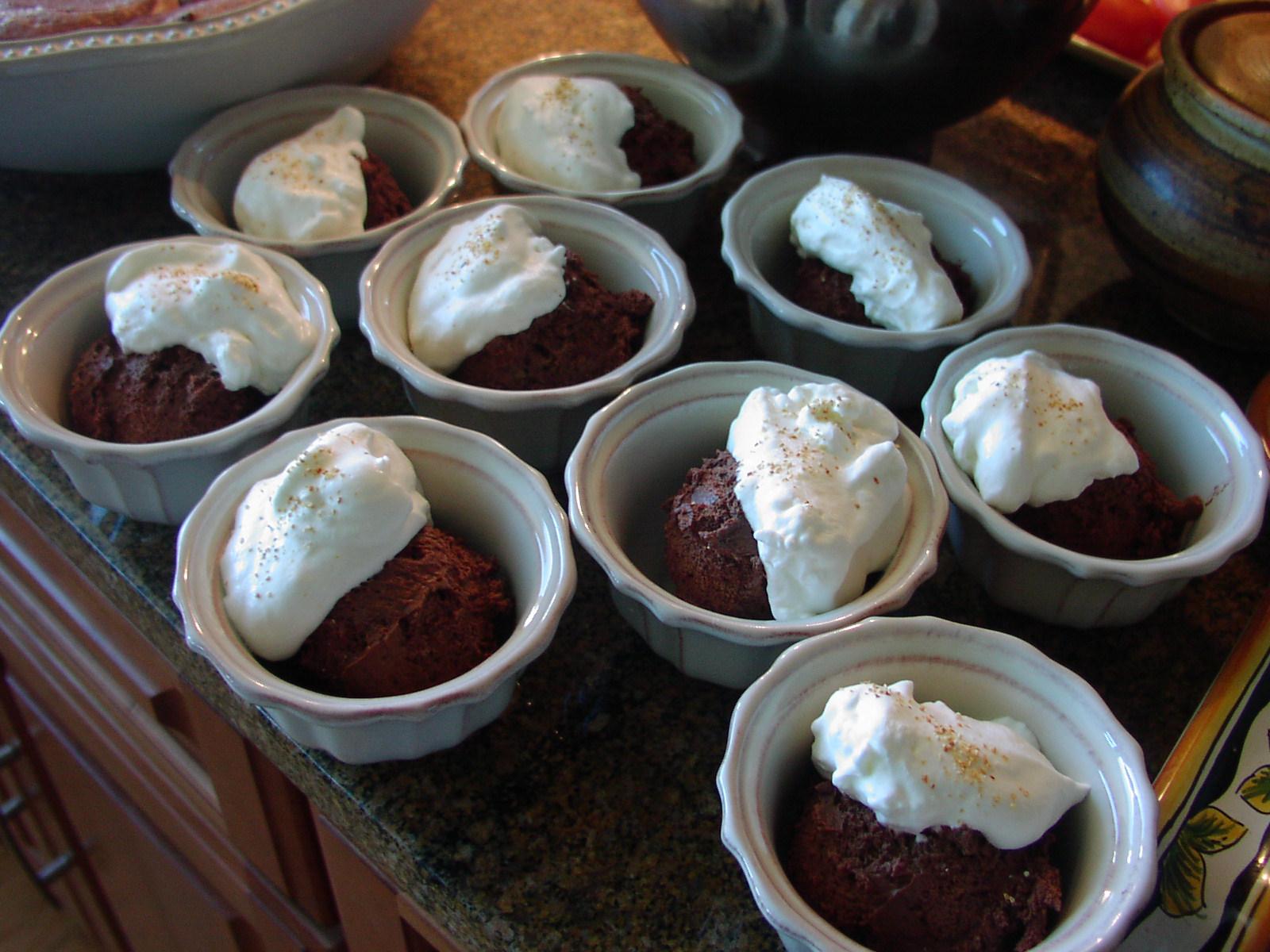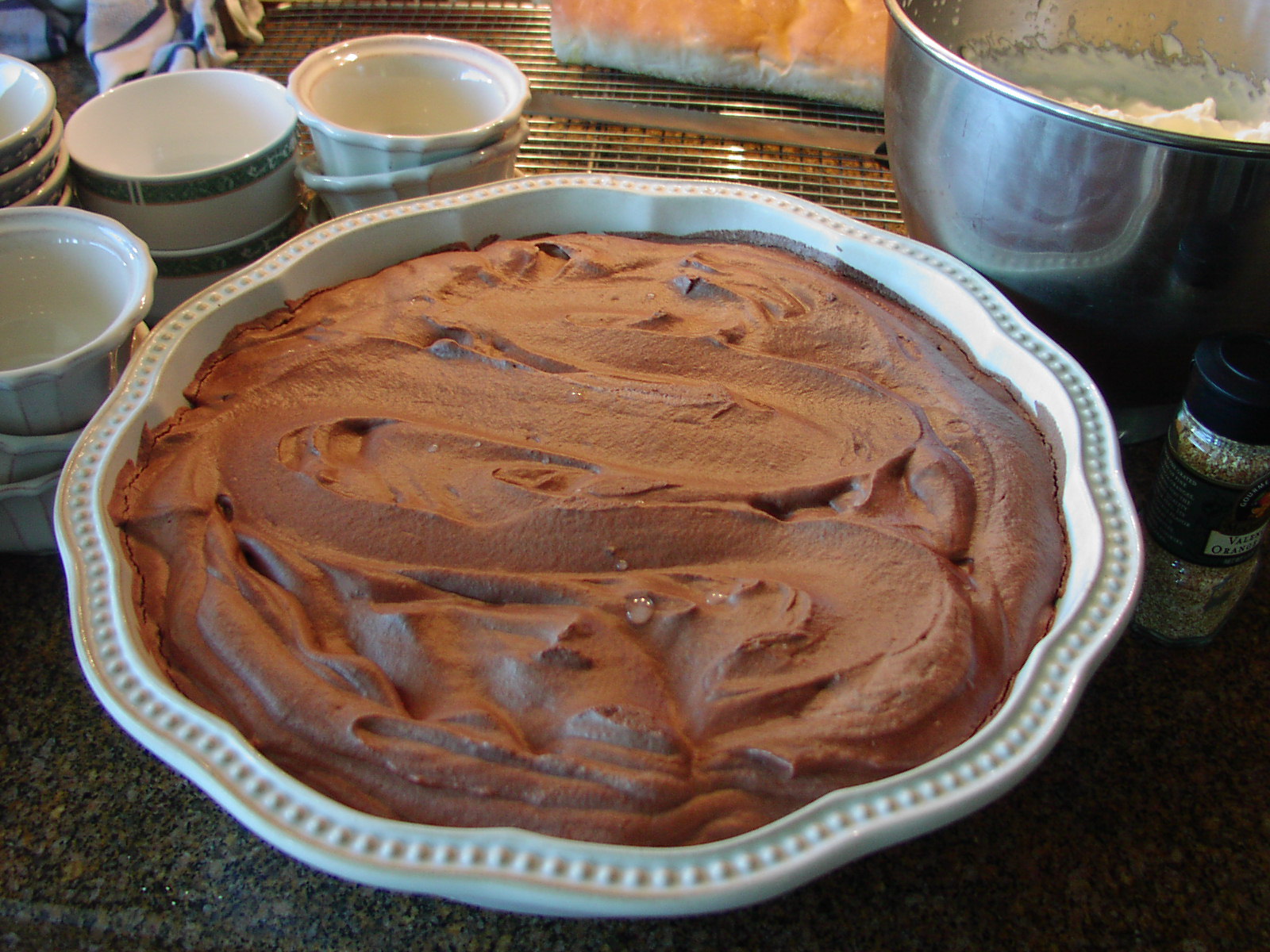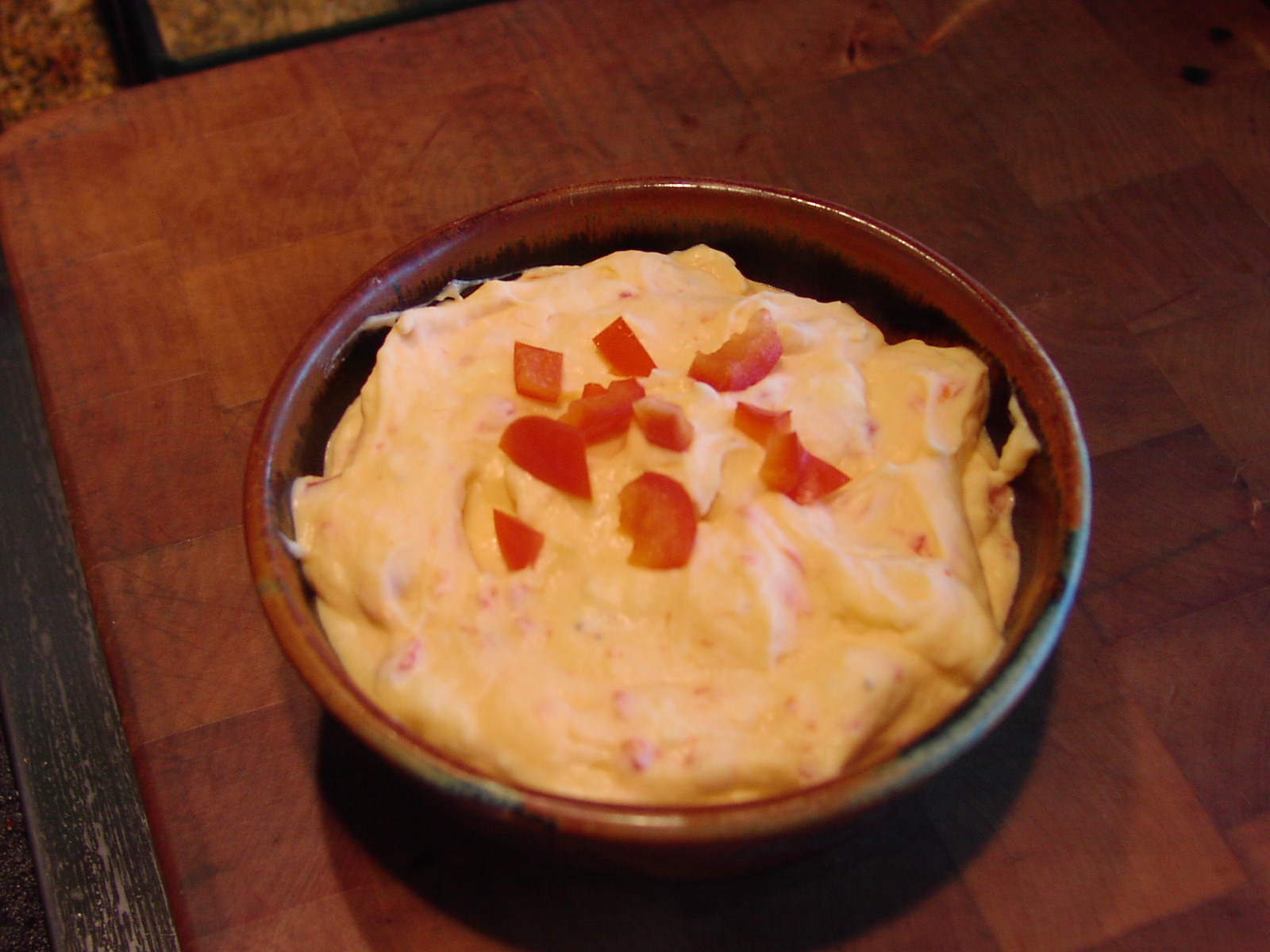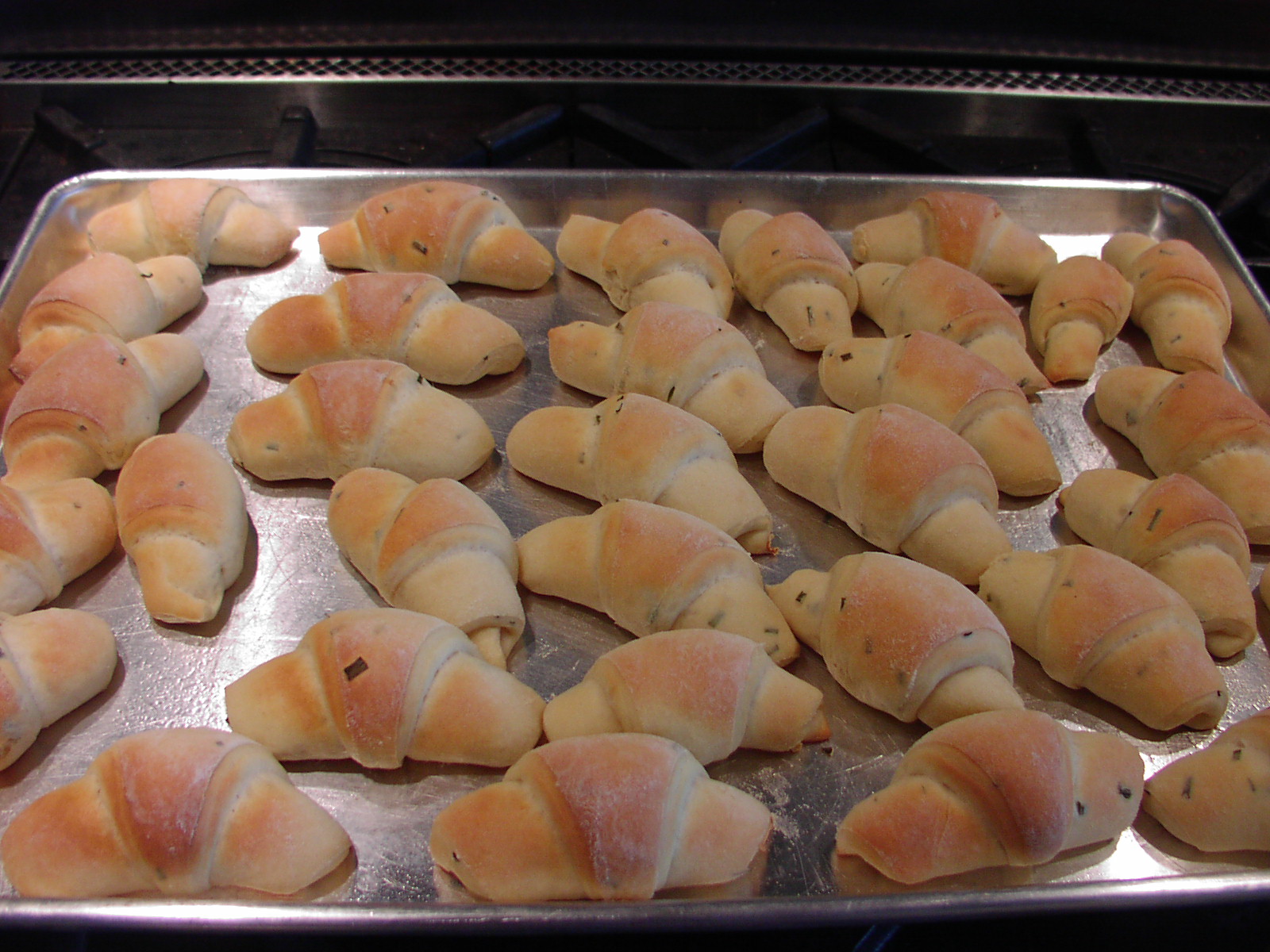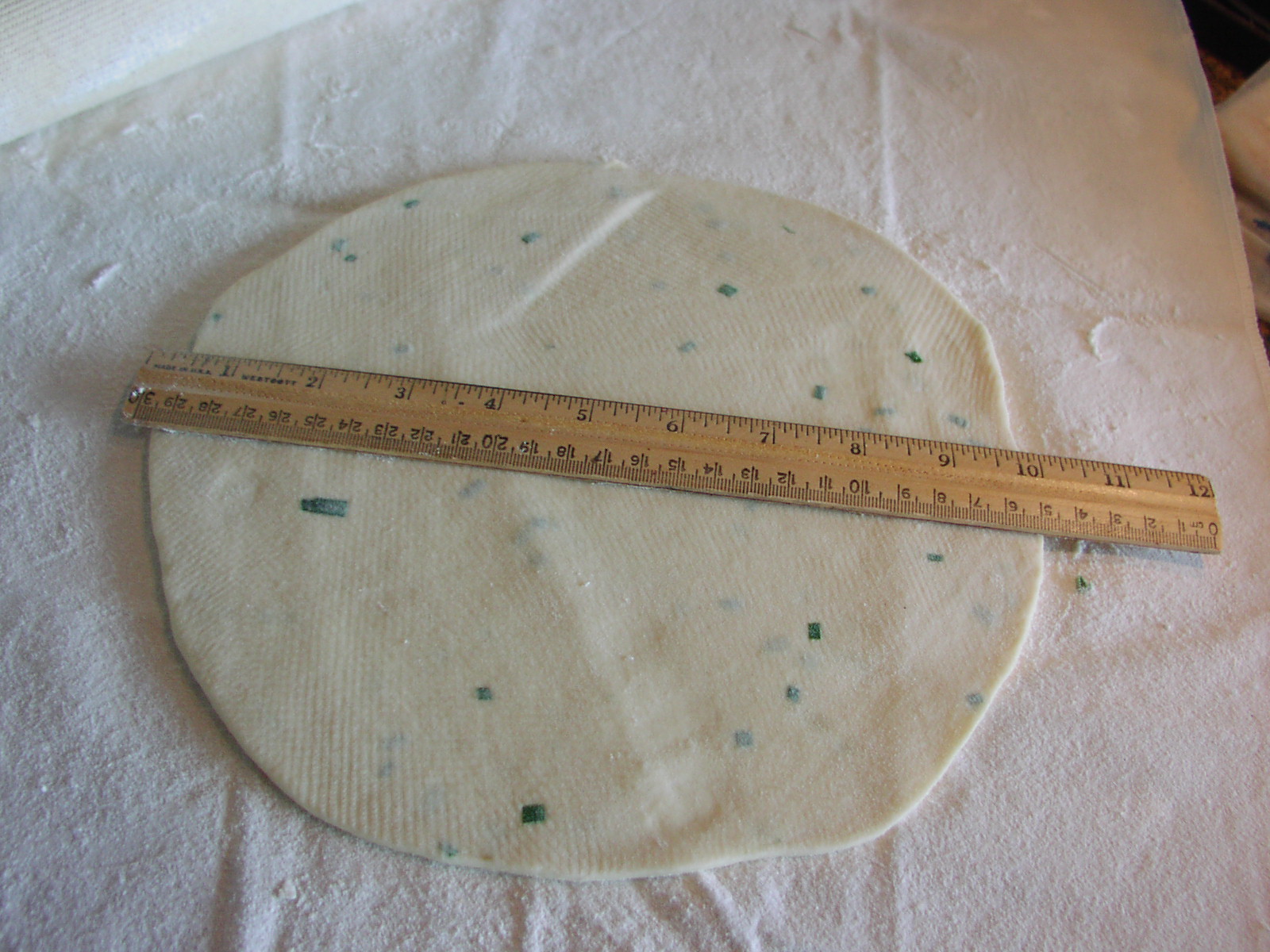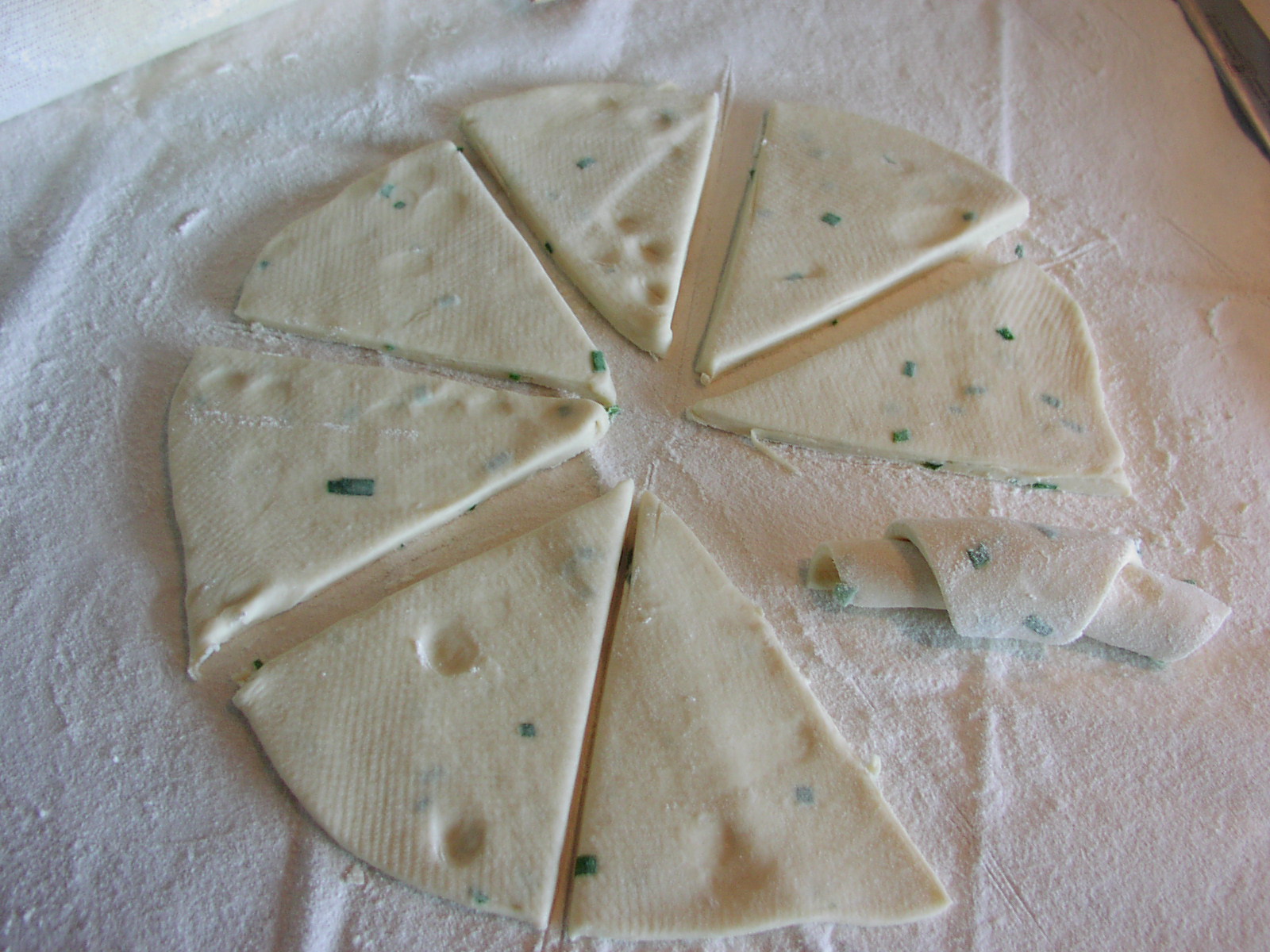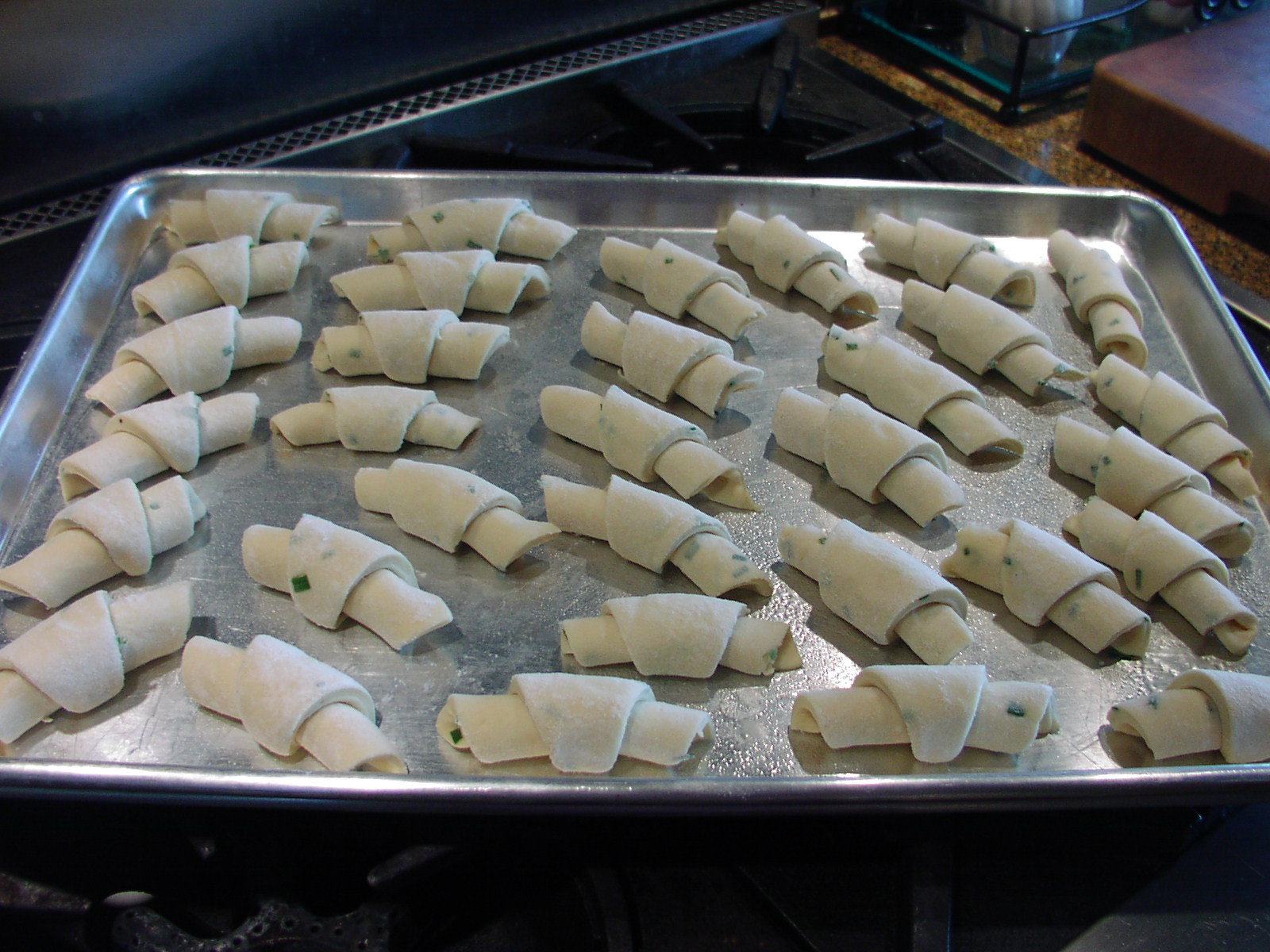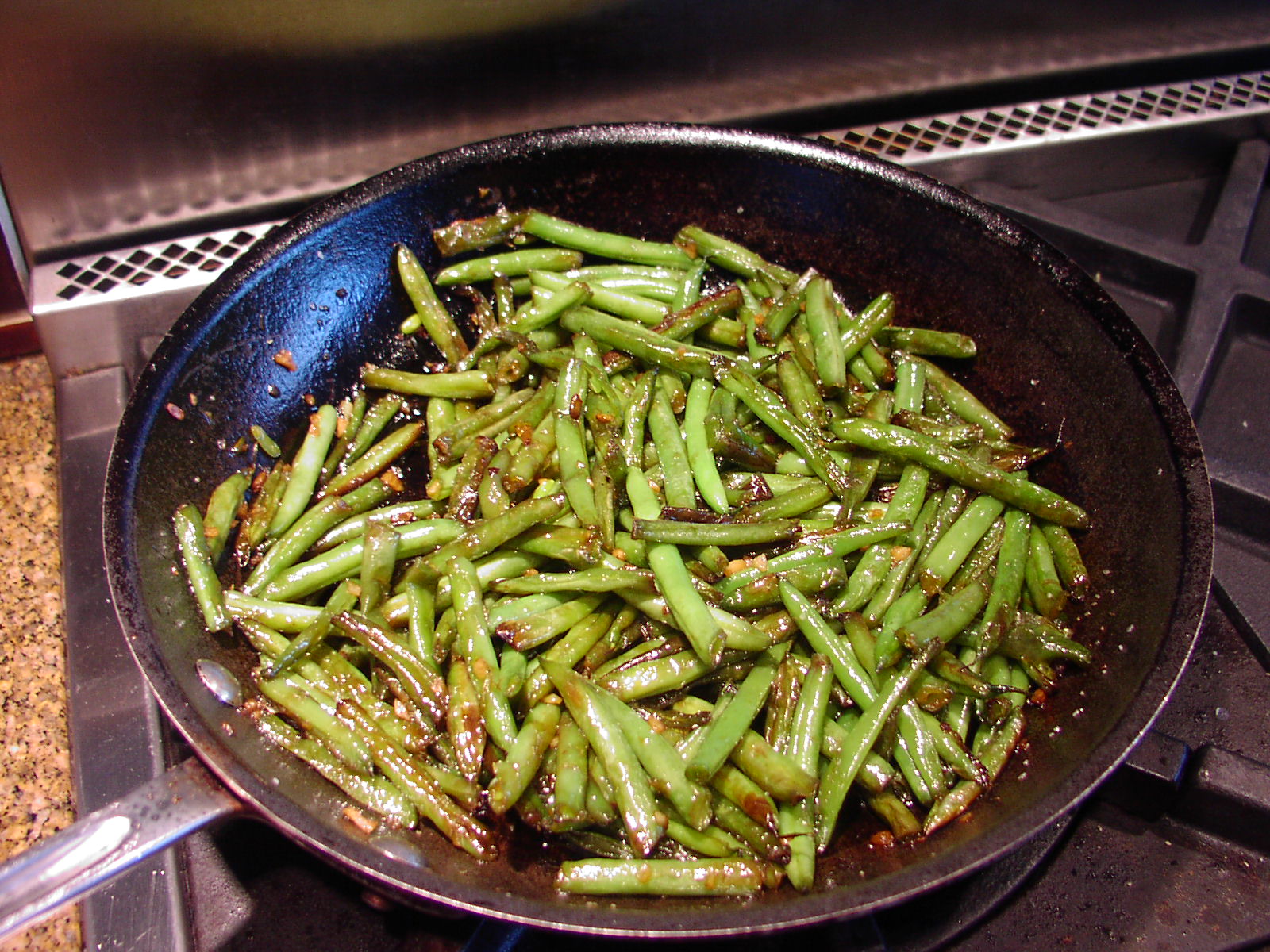
Getting your family to eat green vegetables can sometimes be difficult. But when you take a simple fresh green bean and dress it up with soy sauce and honey, well some kind of miracle occurs. Even the most veggie phobic member of your family will suddenly turn into an addict when presented with these babies. The sauce simply turns the beans from ho-hum to amazingly delicious.
You will notice that my adaptation of the original recipe from Fine Cooking.com calls for raw local honey. Of course you can use the stuff that comes in the plastic bear, but I would strongly advise against it. Almost every farmer’s market or fruit stand featuring local produce carries at least one local raw honey. If not, I bet you can find local honey if you do an on line search. Believe me, the taste and health benefits are worth the effort. For example, if you are lucky enough to live in the Camano Island/Stanwood area, Cats Paw honey is fabulous. For more information visit www.catspawbees.com
Now granted, some of the health benefits of raw honey are destroyed when you apply heat as in this recipe. But the flavor remains and that’s important too. So anytime any of my recipes call for honey, I use the real thing.
For more information than you ever wanted to know about honey, I have enclosed some words of wisdom regarding raw local honey below. (Not my words of course, but a couple of experts on the subject.) You don’t have to read the information, but what the heck, why not? You might just learn something that could help you or someone you love. No pressure intended.
- 1 T. low-sodium soy sauce (I use organic reduced sodium Tamari)
- 1 T. raw local honey*
- 1 T. water
- 1 T. unsalted butter
- 2 T. extra virgin olive oil
- 1 lb. fresh green beans, trimmed and cut into desired lengths
- ¼ tsp. kosher salt
- 2 cloves garlic, minced
Whisk the soy sauce, honey, and water together in a small dish. Set aside. Heat the butter and olive oil in a medium sized sauté pan over medium-high heat. When the butter is melted, add the green beans and salt and toss with tongs to coat well. Sauté the beans, turning often, until most are well browned, shrunken, and tender, 8 to 10 minutes. (The butter will turn dark brown during this process.)
Reduce the heat to low, add the garlic, and cook, stirring constantly for about 20 seconds. Carefully add the reserved soy mixture. Cook, stirring constantly, until the liquid reduces to a glazy consistency that coats the beans, 30 to 45 seconds. Transfer the beans to a serving dish, scraping the pan with a spatula to get all of the wonderful garlicky sauce. Let sit for a few minutes and then serve warm. This dish can be served as a vegetarian main dish with rice or as a side vegetable.
*Raw Local Honey Information and Health Benefits:
According to the web site www.honeytraveler.com “raw honey is honey that is unheated and minimally processed. It is pure honey where nothing has been added or removed. To be raw, honey should not be heated above temperatures one would normal find in a hive (approximately 95 degrees F). Additionally it should not be ultra-finely filtered to the point of removing pollen and organic materials that are an intrinsic constituent of honey.
Unheated, “raw” honey contains all the vital ingredients that give it its healthful properties and wonderful aroma. Most commercial honey you see in supermarkets is not raw honey. This mass produced honey is often heated to temperatures far above the normal temperatures of the bee hive. Heating past the maximum hive temperature of 95 degrees Fahrenheit changes honey’s essential composition and degrades its quality. It partially destroys honey’s beneficial enzymes and ‘boils off’ volatile compounds that account for the unique, delicate floral aroma of the honey. This is done to make it easier to extract from the honey comb, to filter it, to package it, to ‘pasteurize’ it to kill benign yeast and prevent fermentation and to delay crystallization.
Micro-filtering also degrades the healthful properties of honey by removing beneficial pollen residue. Much commercial honey is micro-filtered, often using a diatomaceous earth (DE) process to eliminate even micron-sized particles. Why go to these lengths when a relatively coarse strain would result in a clear, visually beautiful product and not remove healthful pollen? The reason is to slow down the naturally occurring crystallization of honey. Tiny particles act as ‘seeds’ for the crystallization process, by removing them with micro-filtering, crystallization is delayed.
But crystallization is not a problem to be solved. Almost all honeys crystallize after time. It is actually a good sign the honey is raw. To re-liquify, simply heat the honey jar in warm water (104 F, 40 C) until it returns to the liquid state, stir occasionally to transfer heat, and replace the hot water if needed.”
And, according to the health.howstuffworks.com web site, “The idea behind eating honey is kind of like gradually vaccinating the body against allergens, a process called immunotherapy. Honey contains a variety of the same pollen spores that give allergy sufferers so much trouble when flowers and grasses are in bloom. Introducing these spores into the body in small amounts by eating honey should make the body accustomed to their presence and decrease the chance an immune system response like the release of histamine will occur [source: AAFP]. Since the concentration of pollen spores found in honey is low — compared to, say, sniffing a flower directly — then the production of antibodies shouldn’t trigger symptoms similar to an allergic reaction. Ideally, the honey-eater won’t have any reaction at all.
As innocuous as honey seems, it can actually pose health risks in some cases. Honey proponents warn that there is a potential for an allergic reaction to it. And since honey can contain bacteria that can cause infant botulism, health officials warn that children under 12 months of age whose immune systems haven’t fully developed shouldn’t eat honey at all [source: Mayo Clinic].
If a regimen is undertaken, however, local honey is generally accepted as the best variety to use. Local honey is produced by bees usually within a few miles of where the person eating the honey lives. There’s no real rule of thumb on how local the honey has to be, but proponents suggest the closer, the better [source: Ogren]. This proximity increases the chances that the varieties of flowering plants and grasses giving the allergy sufferer trouble are the same kinds the bees are including in the honey they produce. After all, it wouldn’t help much if you ate honey with spores from a type of grass that grows in Michigan if you suffer from allergies in Georgia.
At least one informal (unfunded) study on allergies and honey conducted by students at Xavier University in New Orleans produced positive results. Researchers divided participants into three groups: seasonal allergy sufferers, year-round allergy sufferers and non-allergy sufferers. These groups were further divided into three subgroups with some people taking two teaspoons of local honey per day, others taking the same amount of non-local honey each day and the final subgroup not taking honey at all. The Xavier students found that after six weeks, allergy sufferers from both categories suffered fewer symptoms and that the group taking local honey reported the most improvement [source: Cochran].
The study was never published, but the anecdotal evidence in favor of honey as an allergy reliever continues: Several of the study participants asked if they could keep the remaining honey after the experiment was concluded.”
And if you want to know why I haven’t been posting as many new recipes lately – well – Powell River, Sunshine Coast BC. Rough Life!


